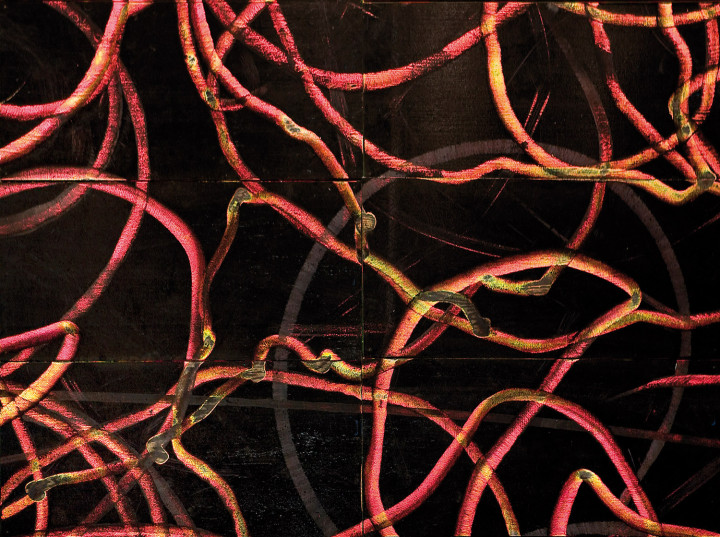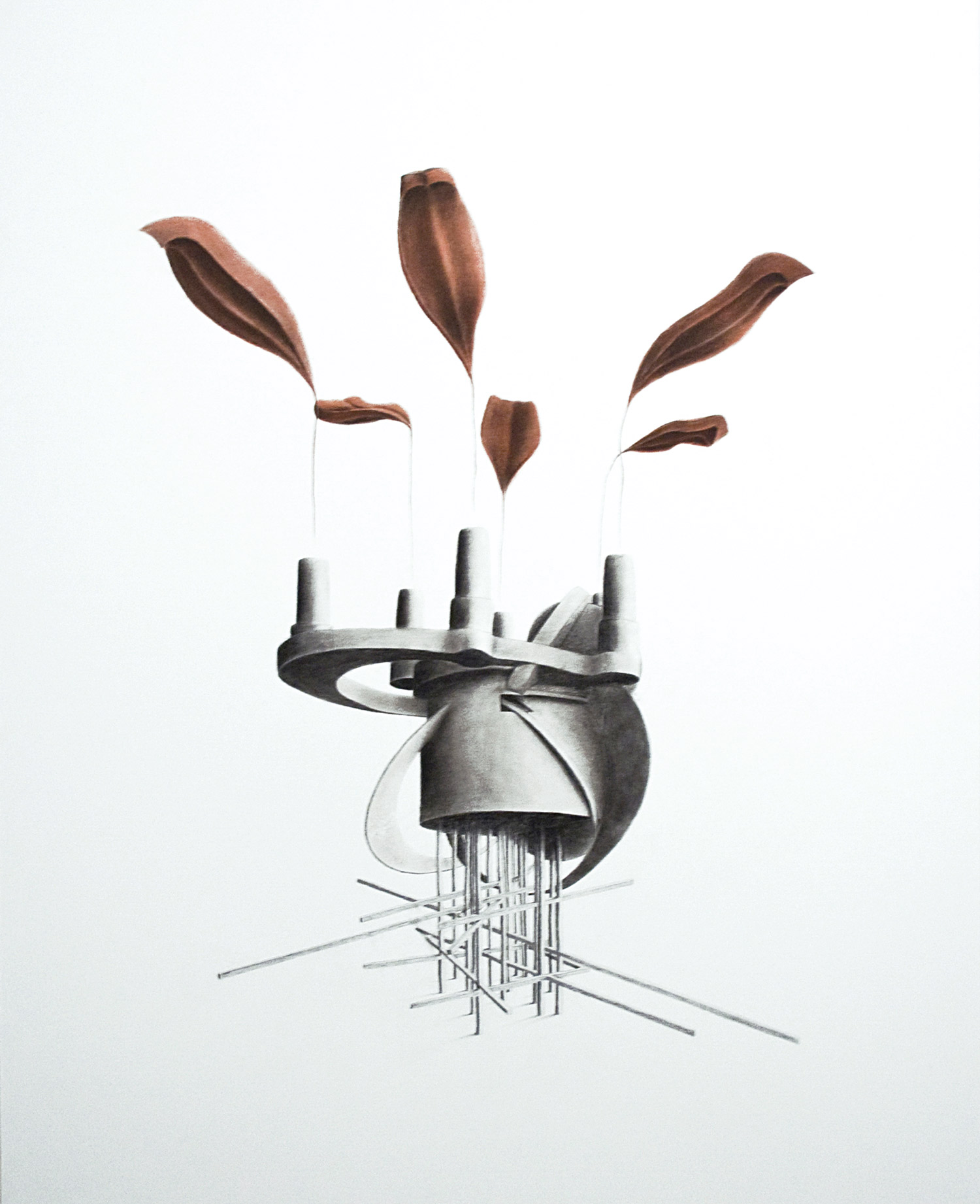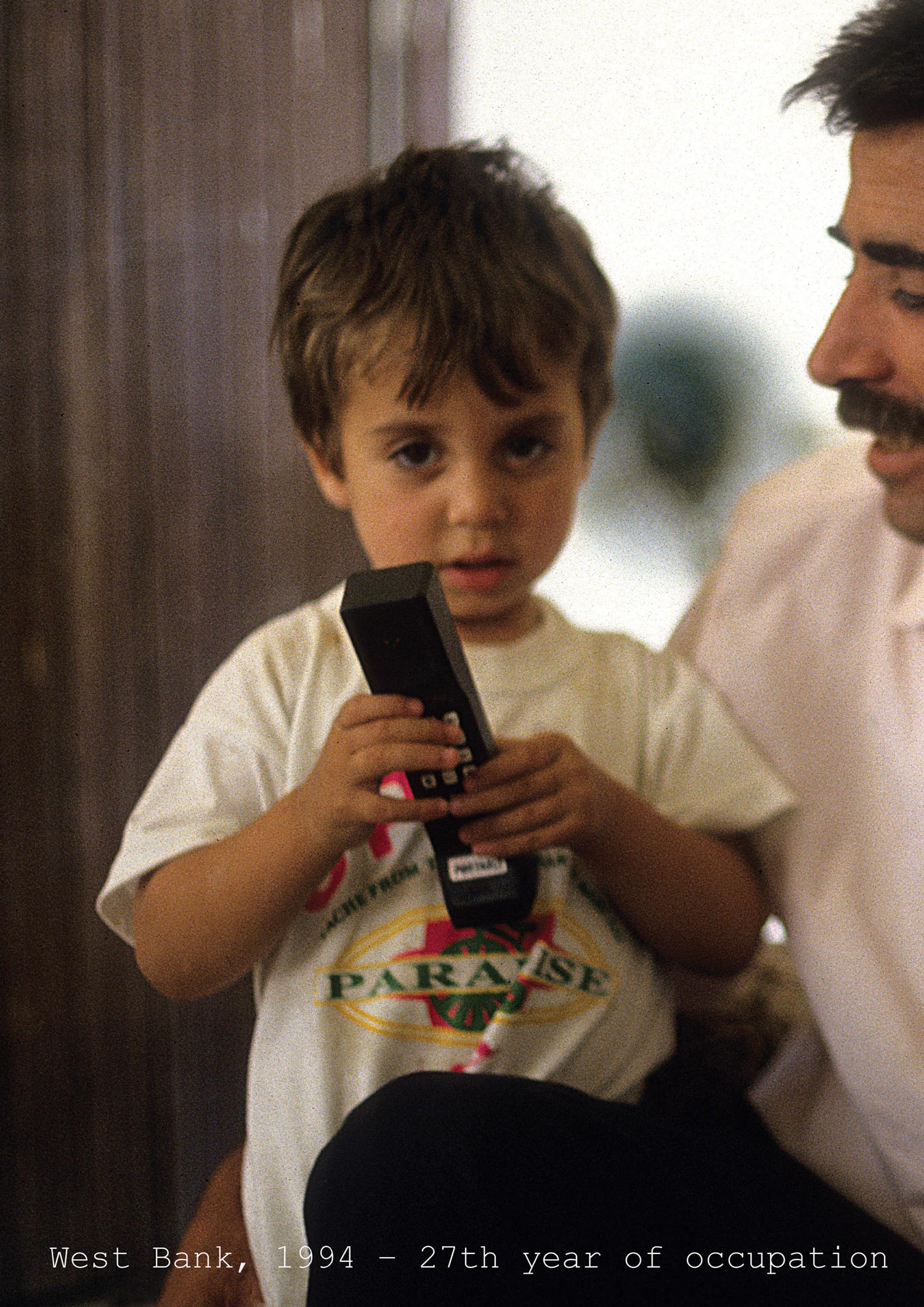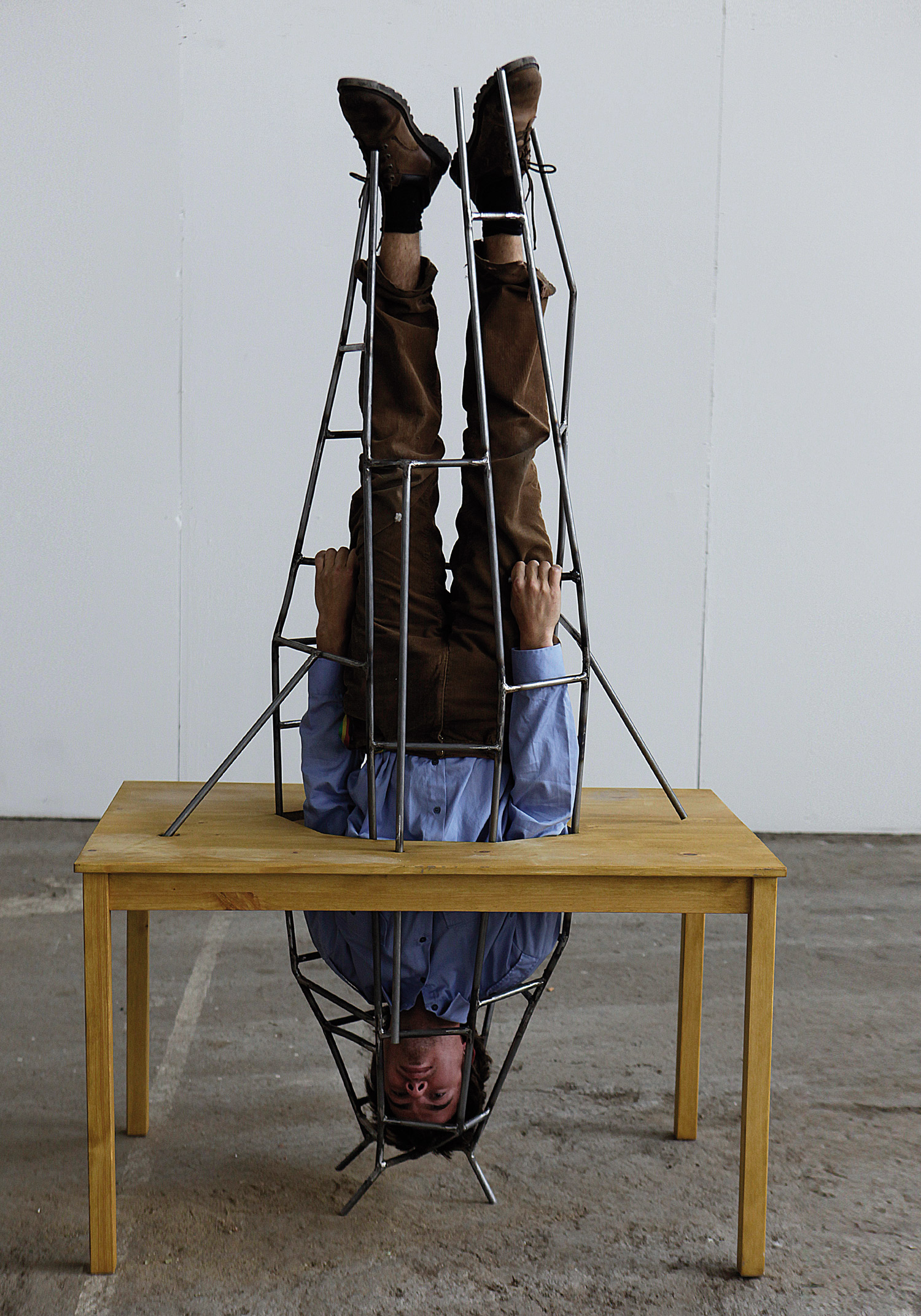
“Abstract” and “New” are two adjectives in this exhibition’s title that became sources of controversy by English critics, who accused the show of not being truly “abstract” — due to the figurative character of many of the works — and not being “new” — as some of the 33 artists had already exhibited in solo or group shows involving the Saatchi Gallery, an example being “USA Today” at the Royal Academy (2006).
The adjective “new” has often been used in Saatchi exhibitions, almost to the point of creating a brand. Sometimes it means “new work,” and sometimes — with an even more circumscribed reference — it means “new for London.” The exhibition’s display of more than one hundred works took over all the Gallery’s thirteen rooms, following no set logic or convention, instead constituting an example of how one might approach many aesthetic and stylistic solutions using divergence and affinity to create a meaningful and articulated whole. “New” in this case is an attempt to show an artistic state of being — to create opportunities for reflection on a situation that actually is already present within the circuit of the international art scene.
Uninhibited freedom and undiscriminating eclecticism outline a panorama, a system of variants that describes American and European art of the ’80s and ’90s: Neo-Geo, Neo-Surrealism, Neo-Expressionism, Neo-Pop, underground art and graffiti art among others, while the cultural patterns, interpretive and mercantile, are those implemented by Neo-Geo: a repechage that we credit to post-modernity. There is the dominant impression that a common concern of artists during that period was that of choosing orientations and references from which to draw: a mix of minimal, Pop, Op, and other forms. The artist confronts, invokes and redefines past conventions.
One of the works on view, Aaron Young’s performance-painting Greeting Card 10a (2007) — inspired by Pollock’s dripping and informed by the automated gestures of Surrealism as revisited by Jasper Johns and Robert Rauschenberg — evokes Harold Rosenberg’s definition of the canvas as “an arena in which to act rather than to represent.” In a video performance, Young has motorcyclists fly their vehicles in the dark over newly painted panels covering a layer of florescent color. The result is a vivid painting; the tangle of lines does not recall the frenetic tangle of a metropolis but rather conveys the effect of numerous digital combinations.
But it is Peter Coffin’s Untitled (Spiral Staircase) (2007) — a sculpture connected in continuous spiral rotations that forms a large circular structure installed on the wall and suggesting a circular, infinite motion — that clarifies the meaning of abstraction in American art: the loss of the object’s functionality and the distortion of the image. Spiral Staircase is also a metaphor for the exhibition, turning around and around, the art repeating itself with increased velocity until it disappears, becoming abstract. A statement made by Peter Halley is relevant: “In the late 20th century, reality became more and more abstract and thus abstract painting became a figuration of the reality.”





